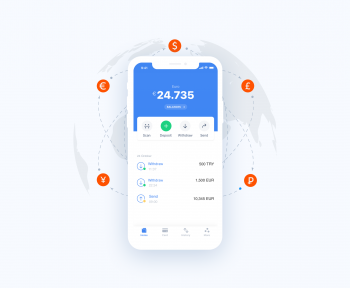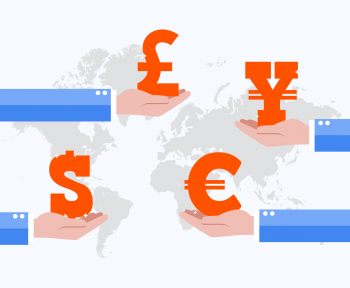Finally, it is the great moment that you can navigate on your newly-finished online website and probably you are repeating to yourself “I did it!”. We would like to say it would be easier from now on but unfortunately it will not be. You have just started on a challenging road with rightful concerns but also -hopefully- full of successes. One of the paths going to expansion and growth of your company is to cross your borders. Maybe you have started your business in a tiny puppetry shop in Prague or as an entrepreneur as an embroidery artist. Is it still what you want to be? Will selling only in your country satisfy you? Don’t you want to be the owner of a world-wide known company? If you do not want to limit yourself with your country although you have worries about international money transfer, we have great news for business owners like you. The European Union created a safe-zone called SEPA! You have probably heard of its name but today we will discover “What is SEPA?“ together.
The SEPA’s initials stand for “Single Euro Payments Area” and it is a money transfer initiative by the European Union to ease transactions denominated in euro. Thanks to the SEPA payments, Eurozone residents and companies can operate cross-border payments effectively under a certain coverage.
How does SEPA Work?
The SEPA project was shaped to develop common financial instruments, create standards, ease procedures and reduce the overall fees and costs of moving capital in the European Economy. This was a brave step to the motto of the union, “united in diversity”. It achieved great success and created a role-model for the other political and economical unions. In order to use SEPA payment, all you need is to be located anywhere in the area and utilize a single bank account.
Naturally, a question pops up, “Are SEPA payments only in Euros?” Yes! SEPA money transfers are not under the coverage for fiat currencies other than Euro. But some of the Nordic countries which do not plan to adopt Euro are trying to create faster, simpler and affordable cross-border payments with SEPA Countries.
What are the SEPA Countries?
Andorra, Austria, Belgium, Bulgaria, Croatia, Cyprus (Northern Cyprus is excluded), Czech Republic, Denmark (the Faroe Islands and Greenland are excluded), Estonia, Finland, France, Germany, Greece, Hungary, Iceland, Ireland, Italy, Latvia, Liechtenstein, Lithuania, Luxembourg, Malta, Monaco, Netherlands (Aruba, the Caribbean Netherlands, Curaçao and Sint Maarten are excluded), Norway (Svalbard and Jan Mayen are excluded), Poland, Portugal, Romania, San Marino, Slovakia, Slovenia, Spain, Sweden and Switzerland.
As you may realize from the list of SEPA countries above, there are various members which own other currencies such as Polish Zloty and Bulgarian Lev. The banks in non-Euro countries can operate Euro payments made using the SEPA payment methods.
How about the UK? Is the UK still in SEPA?
However, the subject is a bit more complicated for the UK. Although it has left the union entirely, the UK is still in SEPA. Because of the signature of UK Finance on behalf of UK payment service providers in 2018, the country is still in the agreement.
What are the Payment Processing Schemes in SEPA?
- The SEPA Direct Debit Business-to-Business
- The SEPA Credit Transfer
- The SEPA Instant Credit Transfer
- The SEPA Direct Credit Core
All these schemes are operated by different regulations to provide the safest Euro payment processing among Eurozone members regarding mobile and online payments.
All in all, if you are a resident in Europe and transferring money constantly within the European Union, SEPA payments will serve you a cheaper and more secure way of cashless sending money. You can strengthen relationships with your cooperations and expand your business beyond your dreams.



